Land which may be contaminated has the potential to do any one or more of the following:
- Cause harm to human, animal or plant health.
- Pollute surface or ground water.
- Cause damage to buildings because of substances on, in, or under the land.
Things which may be harmed by contamination are known as receptors.
For land to be classed as contaminated the source and the receptor must be linked (for example, there is a route from the substances on, in or under the land which leads to a receptor).
Brownfield land is land which has been used for an industrial purpose in the past. It is not necessarily contaminated land, but it is land which may be contaminated and it will require investigation to discover what is in the soil.
Remediation
Cleaning up contaminated land is called remediation.
It may be as simple as digging out the contaminated material and taking it to a suitable landfill site or it may be a combination of physical, chemical and biological techniques. For more information see the CL:AIRE website (opens in a new window).
A brownfield site needs to be remediated to a standard known as suitable for use. A site that is going to be used for a factory does not have to be remediated to such a high standard as one going to be used for housing. If this to be sold on and the end use is not known, it will need to be remediated to housing standards.
Planning conditions are put on brownfield land before it is redeveloped.
Advice to developers of brownfield sites [568KB]
Contaminated land strategy
Our contaminated land strategy [1.3MB] details how we identify land which is or may be contaminated and how the land will be dealt with. The strategy is not a list of contaminated sites.
The sites are listed as:
- no further action required
- no further action required unless the site is redeveloped, and
- contaminated land.
We are currently reviewing all sites across the district to identify land which may be contaminated. No sites have yet been identified as contaminated land.
Site searches
We can provide contamination reports on individual sites. We charge for this service. Please contact us for further details.
Radon
Radon is a naturally occurring gas that is emitted from the breakdown of underground rocks. It can accumulate under houses, in cellars and underfloor spaces, and may contribute to causing lung cancer.
Most of the district is on sandstone. Research has shown that the only properties in the district, that may be affected, are those on limestone to the north and west, plus a few on faults in the sandstone.
Because of this, the district is classified as a radon-affected area, although only 3% to 5% of houses might possibly be affected by the gas. This means that new properties in the district must have built-in radon protection (normally a membrane under the floor).
It is not usually necessary to fit radon protection measures in older houses.
More advice on radon is available from the Public Health England (opens in new window).
